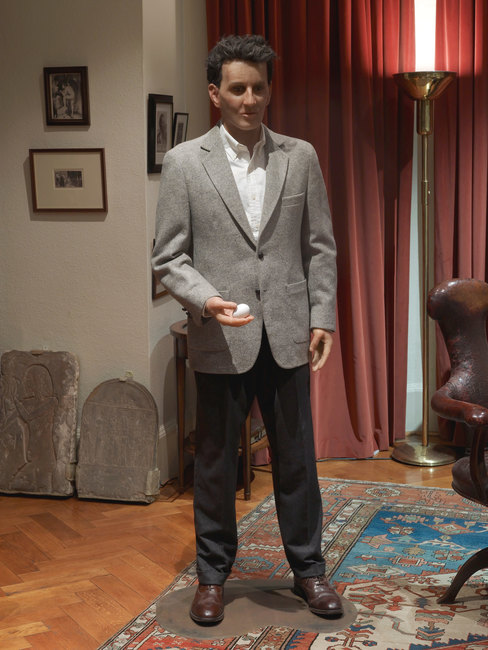Exhibitions2021Corpus Domini
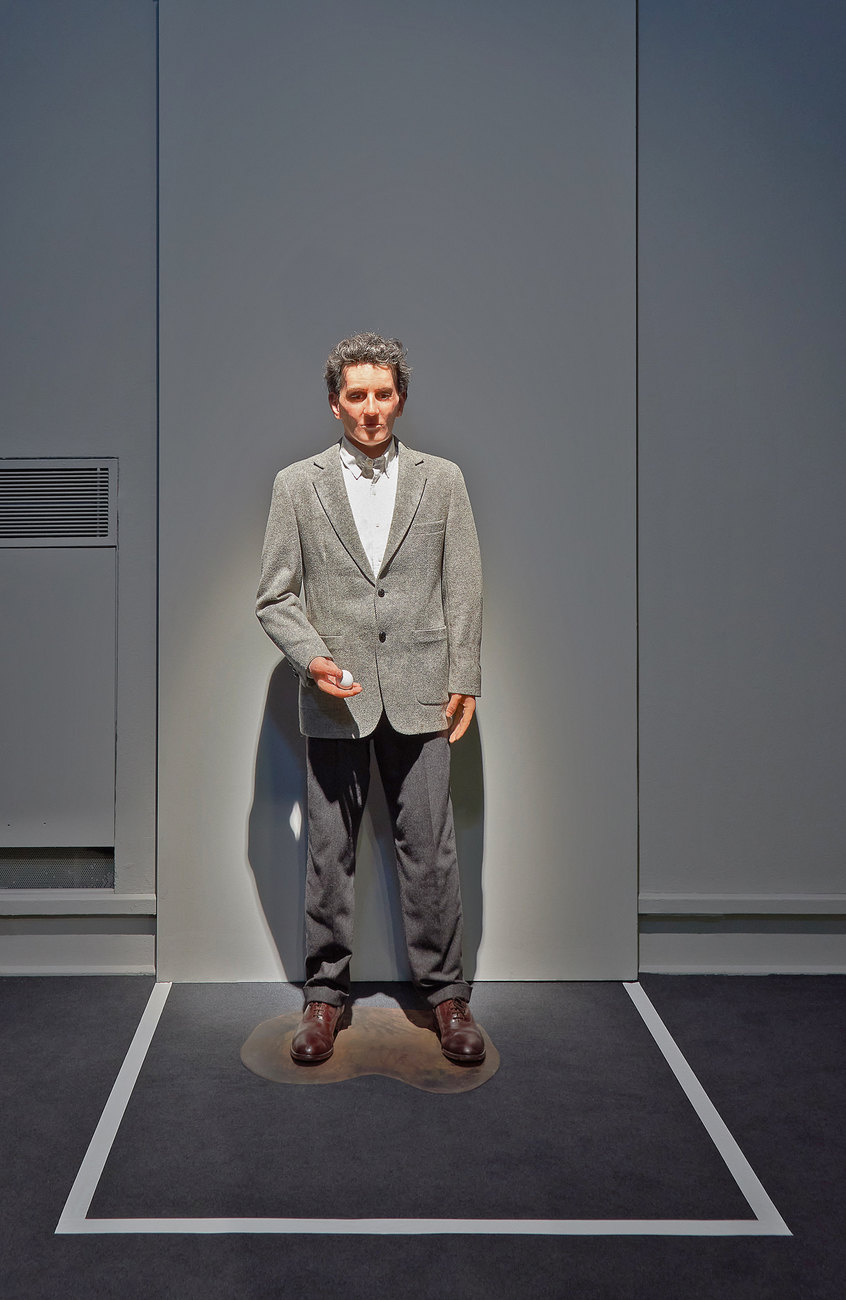
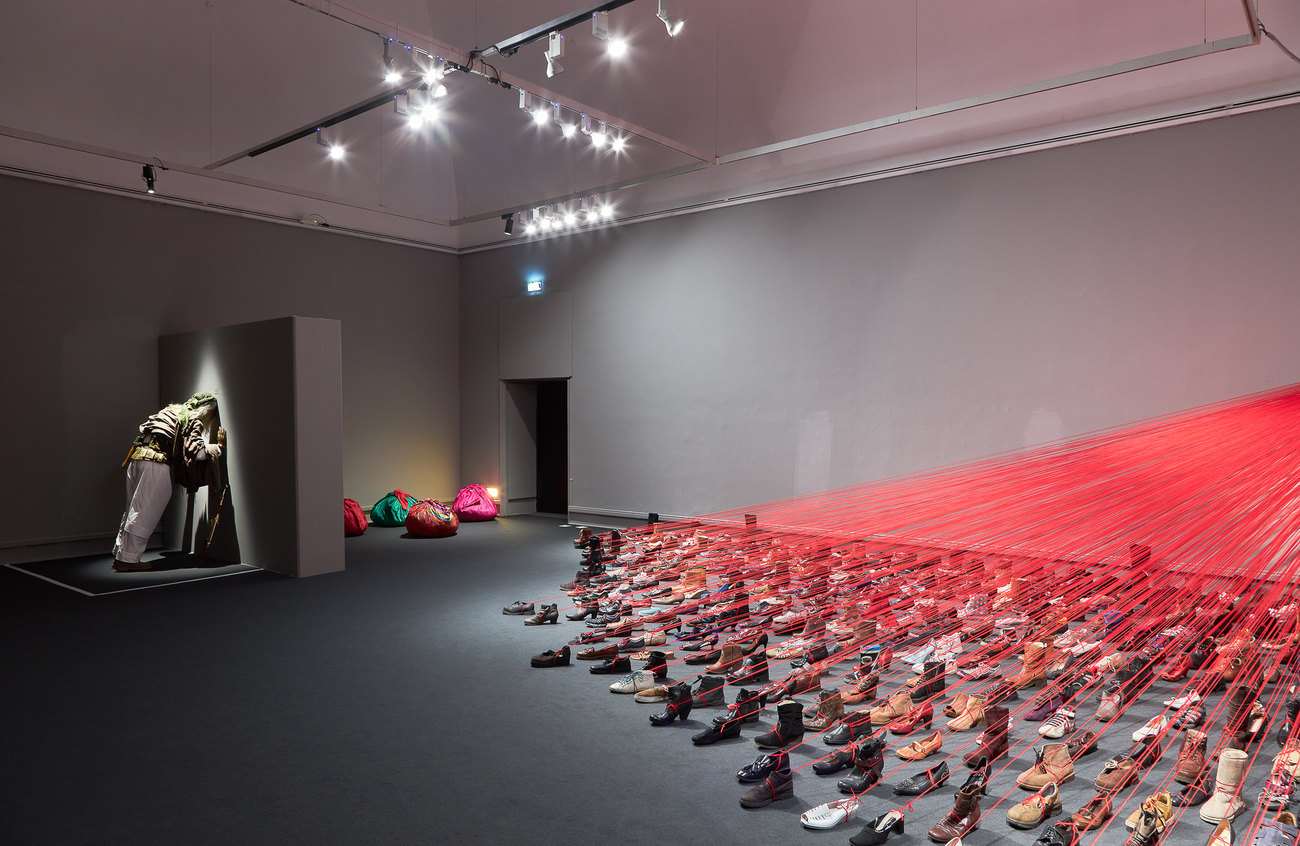
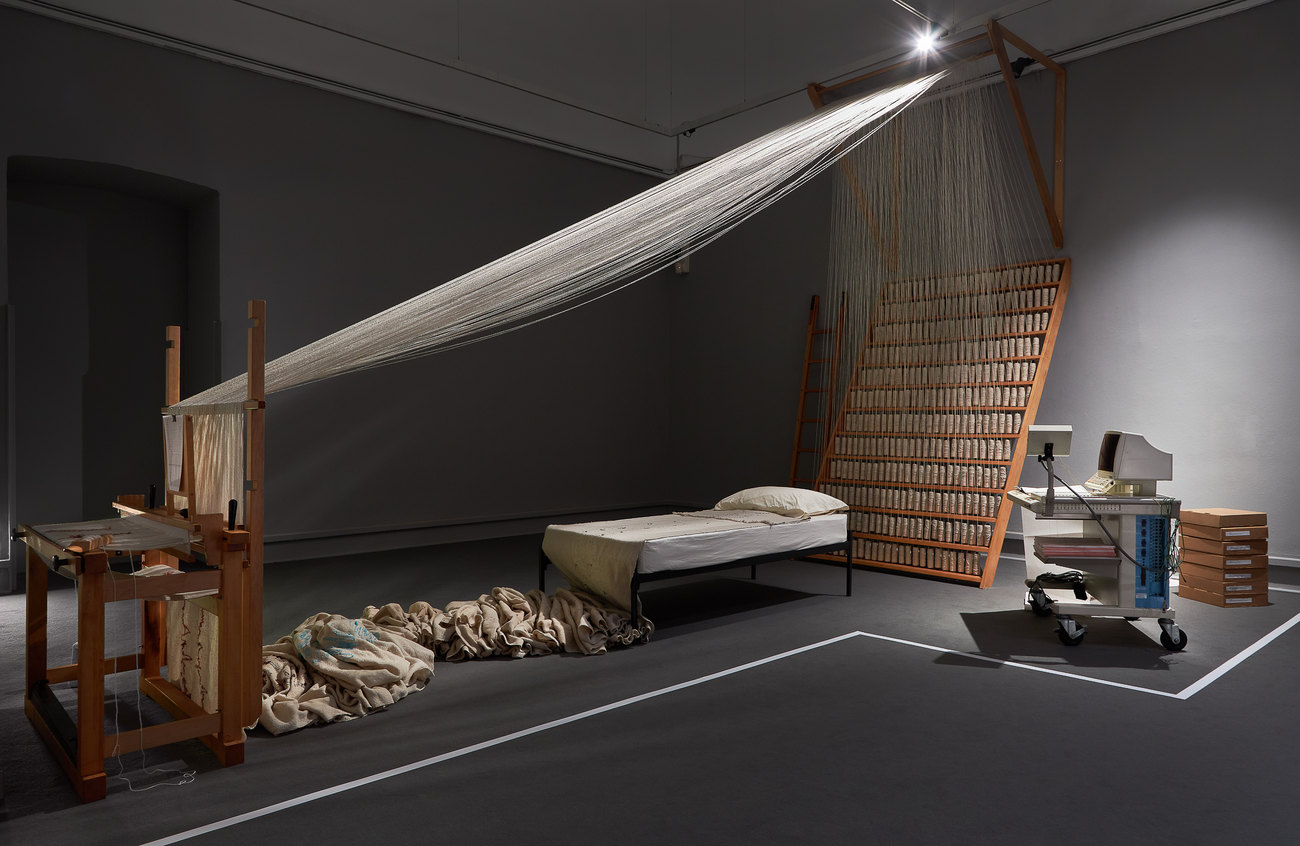
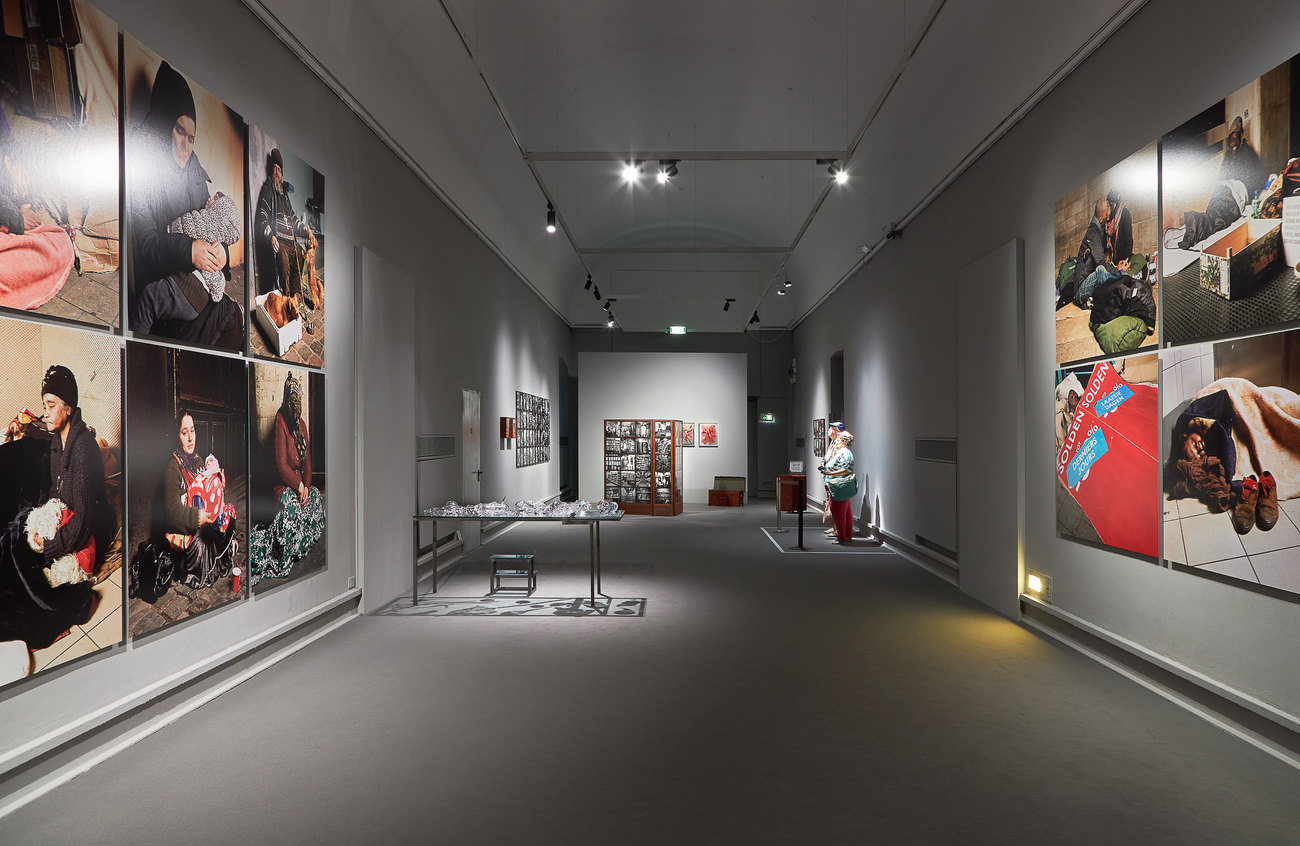
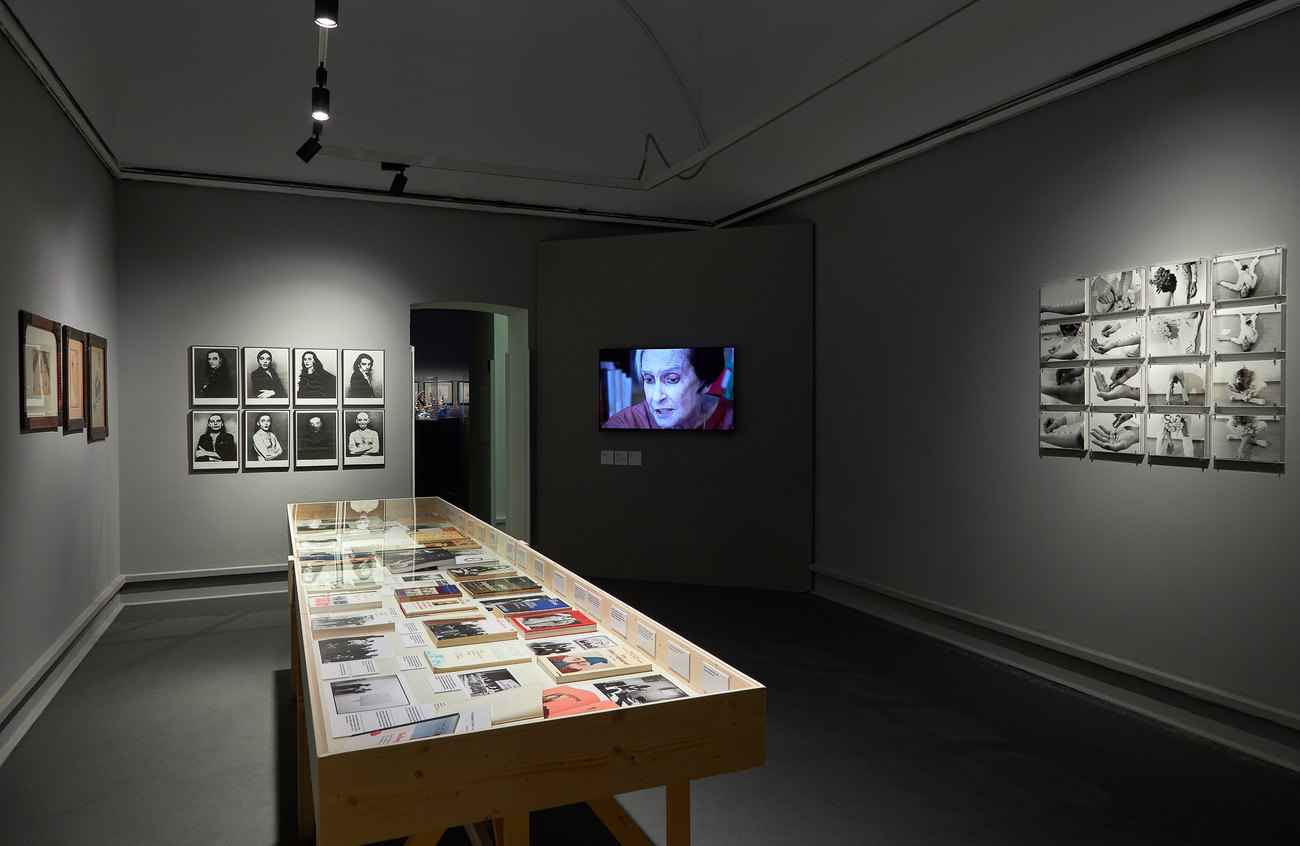
Corpus Domini
28 Oct 21 - 30 Jan 22
Palazzo Reale, Milan
Palazzo Reale Milano
Corpus Domani - From the glorified body to the ruins of the soul, a major exhibition curated by Francesca Alfano Miglietti. The exhibition is sponsored and produced by Palazzo Reale and Comune di Milano-Cultura, in collaboration with Marsilio Arte and Tenderstories.
111 works - installations, sculptures, drawings, paintings, video installations, and photographs - by 34 internationally recognised artists, some of them true icons of contemporary art, are on display for the first time in Italy to collectively capture the multiplicity of the ways in which the human being is represented.
The title refers to the disappearance of the 'real body' in favour of the 'body of the spectacle': from the Glorified Body - the body of awareness, of rebellion, of otherness - to the Contemporary Body – intended on the one hand as the body of our spectacle-based society, and on the other in its most poetic forms of exodus, of work, of the silent multitude.
“The boundary between real and imaginary is less and less recognisable, to the point of absorbing reality into a screen, as demonstrated by the obsessive presence of screens in our lives: the flat screens of televisions and computers, video games, smartphones”, writes the curator, who goes on to say, “The screen erases the distance between the viewer and the viewed, invites us to immerse ourselves in it, offers us a reality we can hold in our hand, but on which our hand has no grip”.
In 1,000 square meters of exhibition space, the installation unfolds as an analysis of the emergence of new forms of representation in the contemporary world, focusing on the historical passage from the living body that was the protagonist of Body Art to the reinvented body of Hyperrealism, on the changing aesthetic canons of representation, and on the powerful evocation of the individual through the traces that s/he leaves behind. A story intended to reflect on the crisis of sensory experience triggered by the advent of a culture that offers perfect bodies, modified bodies, bodies that have been re-conceived and re-produced, and thus essentially fake.
On display are works by AES+F, Janine Antoni, Yael Bartana, Zharko Basheski, Joseph Beuys, Christian Boltanski, Vlassis Caniaris, Chen Zhen, John De Andrea, Gino de Dominicis, Carole A. Feuerman, Franko B, Robert Gober, Antony Gormley, Duane Hanson, Alfredo Jaar, Kimsooja, Joseph Kosuth, Charles LeDray, Robert Longo, Urs Lüthi, Ibrahim Mahama, Fabio Mauri, Oscar Muñoz, Gina Pane, Marc Quinn, Carol Rama, Michal Rovner, Andres Serrano, Chiharu Shiota, Marc Sijan, Dayanita Singh, Sun Yuan e Peng Yu, Gavin Turk.
Many artists, museums, foundations, archives, galleries, and collectors worked together in Italy and abroad on the 'construction' of the exhibition, which offers a first re-examination of the concept of humanity after the shock and upheaval of Covid19.
From the works of the historical hyperrealists, we arrive at other narrative typologies where the body is evoked rather than represented, where it seems to have vanished, leaving only the traces of having been there; the human being is evoked through clothing, through the remnants of his work or nomadic existence, as well as through fragments of the body and its mutation which reflect the shifting social conditions of the contemporary world.
A special mention should go to Christian Boltanski, who passed away just recently, who is present in the exhibition with the work Le Terril Grand-Hornu (2015). A special section is dedicated to Lea Vergine: a sort of "private" room, created in collaboration with the Archivio Lea Vergine, in featuring works that have characterized her critical enquiry, along with books, documents, and photographs that testify to her invaluable and singular contribution to the field of Body Art, which remains an essential touchstone in the history of the representation of the body.
The exhibition will be accompanied by an illustrated bilingual catalogue (Italian-English) published by Marsilio Editori, which contains an essay by the curator and contributions from Vincenzo Argentieri, Franco Berardi “Bifo”, Furio Colombo, Francesca Giacomelli, Gianfranco Ravasi, Massimo Recalcati, Chiara Spangaro, Gino Strada, and Moreno Zani.
Special thanks go to those who loaned works to the exhibition, from museums, artists, and foundations (Athens, The National Museum of Contemporary Art (EMST); Bolzano, Museion; Catania, Fondazione Brodbeck; Milan, Fondazione Prada; United States, Hall Art Foundation), to archives (Foligno, Archivio Gino de Dominicis; Milan, Archivio Lea Vergine; Rome, Archivio Fabio Mauri), to private galleries (Athens, Kalfayan Galleries; Brescia, Galleria Apalazzo; Bruxelles, Nathalie Obadia; London, Frith Street Gallery; London, Richard Saltoun; Milan, Lia Rumma; Milan, Raffaella Cortese; New York, Luhring Augustine; New York, Metro Pictures; New York, Pace Gallery; New York, Peter Freeman; Paris, Noirmont Art Productions; Paris, Mor Charpentier; San Gimignano, Galleria Continua; Venice, Bel-Air Fine Arts). For their invaluable collaboration, our thanks go to Moreno Zani and Luca De Michelis.
